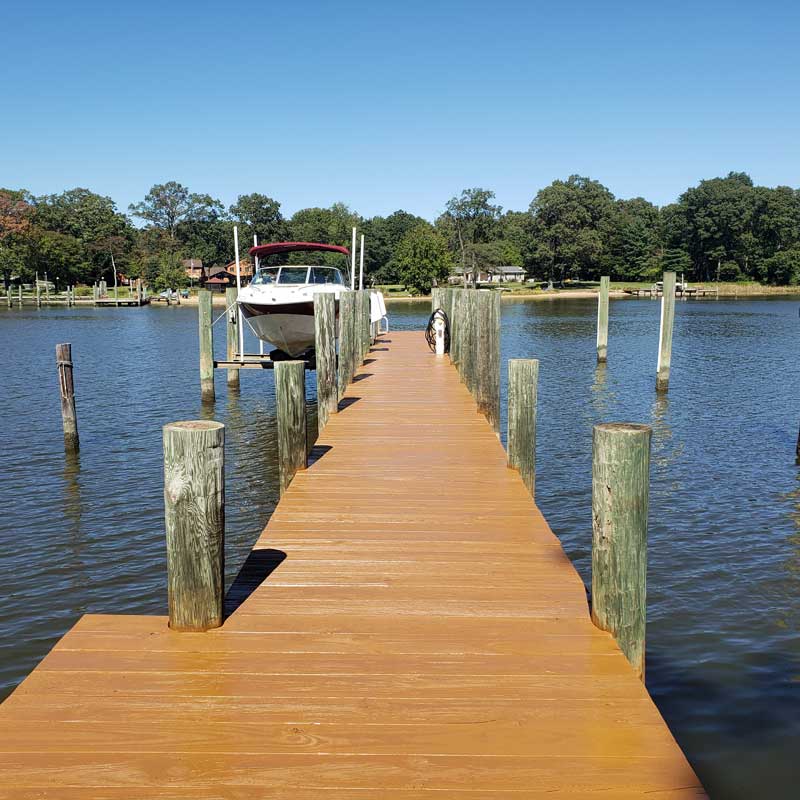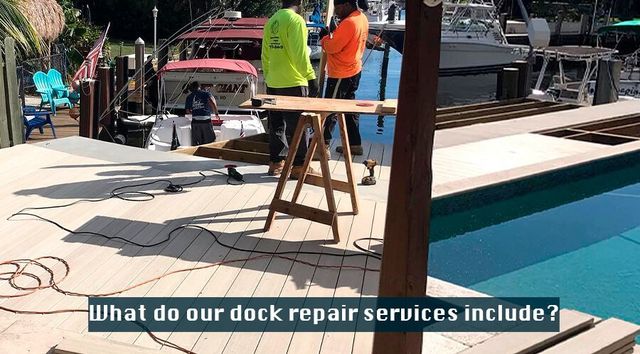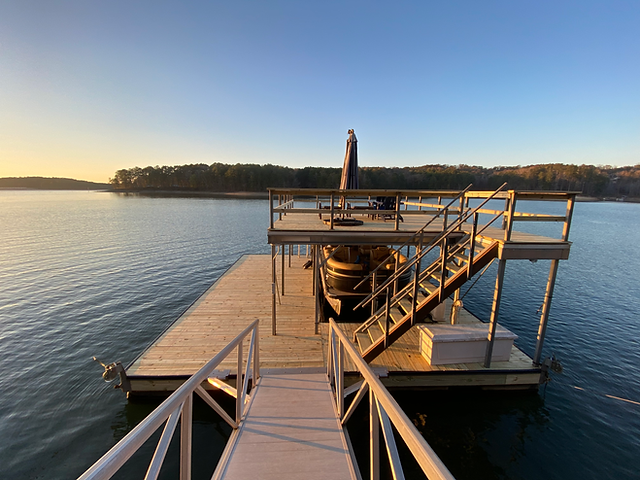Vital Overview to Budget-friendly Dock Repairs for Homeowners
Reliable Dock Fixing Techniques: Making Certain Architectural Honesty
Making certain the architectural stability of docks through effective repair service techniques is extremely important for the long life and safety and security of aquatic facilities. This includes a multi-faceted technique starting with extensive inspections using innovative modern technologies like sonar equipment and from another location ran cars (ROVs) to discover both visible and hid problems. Consequently, selecting the appropriate fixing materials, such as composite materials and corrosion-resistant alloys, is essential for sturdiness. Structural support techniques, including the execution of cross-bracing systems and load-distribution plates, play a crucial function in mitigating stress factors. The significance of these strategies becomes noticeable when exploring innovative repair service methods and preventative upkeep approaches.
Assessing Dock Damage
Assessing dock damage is a vital very first action in ensuring the architectural honesty and safety and security of any kind of docking center. Trick facets to check out include the dock's foundation, pilings, decking, and hardware (Dock Repairs).
Structural designers or certified assessors commonly execute these analyses making use of specialized techniques and tools. For example, undersea examinations may utilize sonar tools or remotely operated vehicles (ROVs) to detect immersed damages. Over water, visual assessments are matched by utilizing dampness meters and various other diagnostic devices to discover underlying issues not quickly visible to the naked eye.

Choosing Repair Materials
Picking the appropriate repair work materials is a crucial step in the dock remediation procedure, one that straight influences the longevity and efficiency of the repaired framework. Material selection must be driven by variables such as environmental conditions, load-bearing demands, and compatibility with existing dock parts.
Along with wood, composite products are progressively prominent due to their longevity and low maintenance demands. Composites, typically made from a mix of plastic and wood fibers, use outstanding resistance to rot, pests, and UV damage. For steel docks, picking corrosion-resistant alloys such as galvanized steel or marine-grade aluminum is necessary to protect against rust and make certain structural honesty in saline water conditions.
Epoxy resins and marine-grade sealers are crucial for repairing fractures and securing joints, providing a water resistant obstacle and boosting the dock's overall stamina. By thoroughly selecting premium products, dock repair work can accomplish durable outcomes, thereby protecting against future deterioration and making certain safe, dependable use.
Architectural Support Strategies
Effective structural reinforcement methods are important in making certain the security and longevity of dock repair work. One fundamental approach involves making use of steel or composite reinforcement bars (rebar) within concrete structures. Rebar supplies added tensile toughness, protecting against splits and distributing loads extra uniformly. This technique is particularly efficient for anchors revealed to heavy loads or extreme ecological conditions.
One more essential technique is the application of fiber-reinforced polymers (FRP) These materials offer high strength-to-weight ratios and superb resistance to deterioration, making them ideal for reinforcing wooden or concrete anchors. FRP can be applied in sheets or strips and adhered with epoxy materials to improve architectural integrity.
Bracing and securing systems also play a critical duty in architectural support. Cross-bracing, utilizing metal or wood light beams, can neutralize side pressures, decreasing swaying and motion. Anchoring systems, such as helical piers or driven heaps, offer a steady structure by transferring tons to much deeper, more steady dirt layers.
Lastly, the integration of load-distribution plates can aid distribute weight extra evenly throughout the dock's surface, minimizing localized stress points. These strategies collectively ensure that anchors remain risk-free and durable, capable of holding up against the rigors of their functional setting.
Advanced Repair Work Methods

An additional advanced technique involves underwater welding, which enables repairs to be conducted without the demand to dewater the location. This approach is specifically helpful for attending to architectural problems in immersed dock components, making certain marginal disturbance to procedures. Improved welding methods, combined with robotic systems, supply accuracy and dependability, therefore prolonging the lifespan of the dock.
In addition, cathodic defense systems are executed to stop corrosion in metal dock structures. By utilizing sacrificial anodes or amazed present systems, these methods effectively minimize the electrochemical procedures that lead to product damage.
Last but not least, advanced monitoring modern technologies, such as architectural wellness tracking (SHM) systems, provide real-time data on the condition of dock frameworks. These systems allow proactive maintenance and timely treatments, ultimately ensuring the long-lasting structural stability of the dock.
Maintenance and Prevention
Upkeep and prevention are basic ideas that underpin the long life and security of dock frameworks. Regular inspections are paramount, permitting very early detection of wear and tear, prospective weak points, and environmental influences. A proactive method, entailing routine look for rust, rot, and structural changes, reduces pricey repairs and extends the dock's functional life.
Safety nets need to include applying safety finishes to metal components to defend against rust and using treated timber to stand up to degeneration. Additionally, making sure correct water drainage and air flow can prevent water accumulation, which is a typical reason for architectural destruction. Incorporating quality materials and adhering to maker standards throughout building and construction and repair work phases also play vital duties in boosting durability.

Training personnel in dock upkeep ideal methods guarantees consistent application of preventive procedures. Leveraging technical advancements, such as drones for inspections and sensing units for real-time surveillance, can better improve maintenance initiatives. By focusing on maintenance and avoidance, dock proprietors can guarantee structural honesty, Extra resources operational safety, and cost-effective management over the dock's life-span.
Final Thought
In final thought, keeping the architectural integrity of marine centers demands comprehensive dock repair work methods. Advanced fixing techniques, coupled with routine upkeep techniques, guarantee the dock continues to be safe and operational under diverse ecological conditions.
Making sure the structural integrity of anchors with reliable fixing strategies is critical for the durability and safety of aquatic facilities.Choosing the appropriate fixing products is a crucial action in the dock reconstruction procedure, one that straight affects the longevity and efficiency of the repaired structure.Effective architectural support techniques are vital in making sure the stability and longevity of dock repairs. By focusing on upkeep and prevention, dock owners can additional info ensure architectural honesty, operational safety, and cost-effective monitoring over the dock's life-span.
In final thought, maintaining the architectural honesty of aquatic facilities demands thorough dock repair service methods.